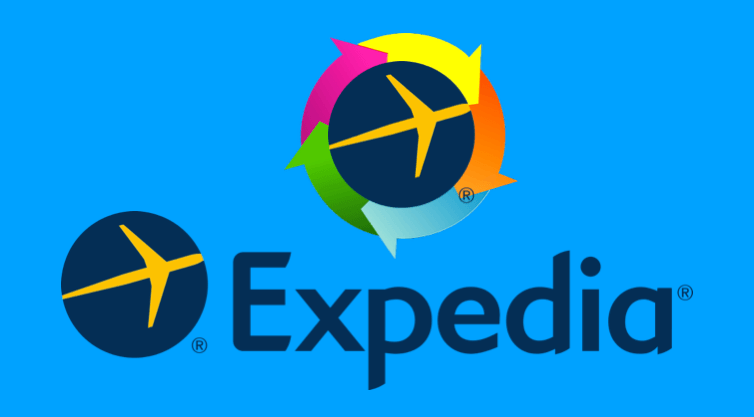If you are an online travel agency (OTA) and an airline you work with changes an upcoming flight, you are of course bound to alert your customers of the change. One would have to imagine that’s a regular occurrence at an online travel agency? As such, it would be one of the typical customer journey mappings that any large, self-respecting OTA would do. Imagine my surprise when Expedia, the world’s largest OTA, managed to completely screw up such a scenario.
Change is for sure…
In my case, the upcoming flight in question is several months out. Using Expedia, I bought a premium economy ticket round trip across the Atlantic on Air Canada (AC). Unfortunately, AC saw fit to cancel my return leg. So, Expedia sent me a mail that was quite dense with a rather unattractive typeface, giving me three options. There were two alternative flight options (#1 was for the same flight but a day earlier; #2 was the same day, but involved an additional 3 hour layover). The third option was:
OPTION 3: Depending on the policy of the airline you may request a full refund. If you choose this option, you will need to make a new booking at the prices currently available.
Since Option 3 looked like a minefield, I replied that I wanted option #2. A few hours later, I received confirmation that my new flight itinerary had been booked. That was swift I thought. There was just one hitch. The mail said that I was now booked in Economy Class, not Premium Economy.

Your call is important to us… but Why did it need to happen in the first place?
When I wrote back using the same email thread, I was told to call a local number. I had to wait over 35 minutes to get a live person on the end of the line after listening to repeat messages about how my call was important to Expedia. The person at the call centre, based in India, was decidedly process-driven. After suggesting I call the airline myself, I reminded him that Expedia had told me to call this number. It took about 10 minutes — including a further 3 minutes on hold — for him to finally confirm that my flight would still indeed be in Premium Economy. That took 45 minutes of my time.

All’s well that ends well, I hear some say. I beg to differ. Considering this type of situation happens VERY regularly, all it would take is a simple customer journey modelling exercise to get the process improved. Classic case of a company operating in an old-fashioned manner. A waste of resources and time and negative customer satisfaction. Someone should be evaluating why the email confirmation was wrong in the first place? Why did the customer have to call someone to get to the bottom of that? Will Expedia even know about this situation (much less read this blog post)?
Crafting the customer journey to enhance the customer experience
So, all is not well, when you add it all up. Making a great customer experience means knowing how to walk in the customer’s shoes, imagining the customer’s journey, including the different contingencies, channels and concerns. And, with multiple parties (Expedia employees and contractors) involved in the process, it’s key that everyone has access to the necessary information in a timely manner to reach an optimal solution.
Making a great or even just a good customer experience is not even remotely limited to the journey in the airplane (the “product”). It involves the pre- and post- service and services. Making the effort to do appropriate customer journey modelling — along with feedback loops — can help resolve such unnecessary heartache and bad customer experiences.[tweetthis]Making the effort to do appropriate customer journey modelling — along with feedback loops — can help resolve unnecessary heartache and bad experiences.[/tweetthis]











